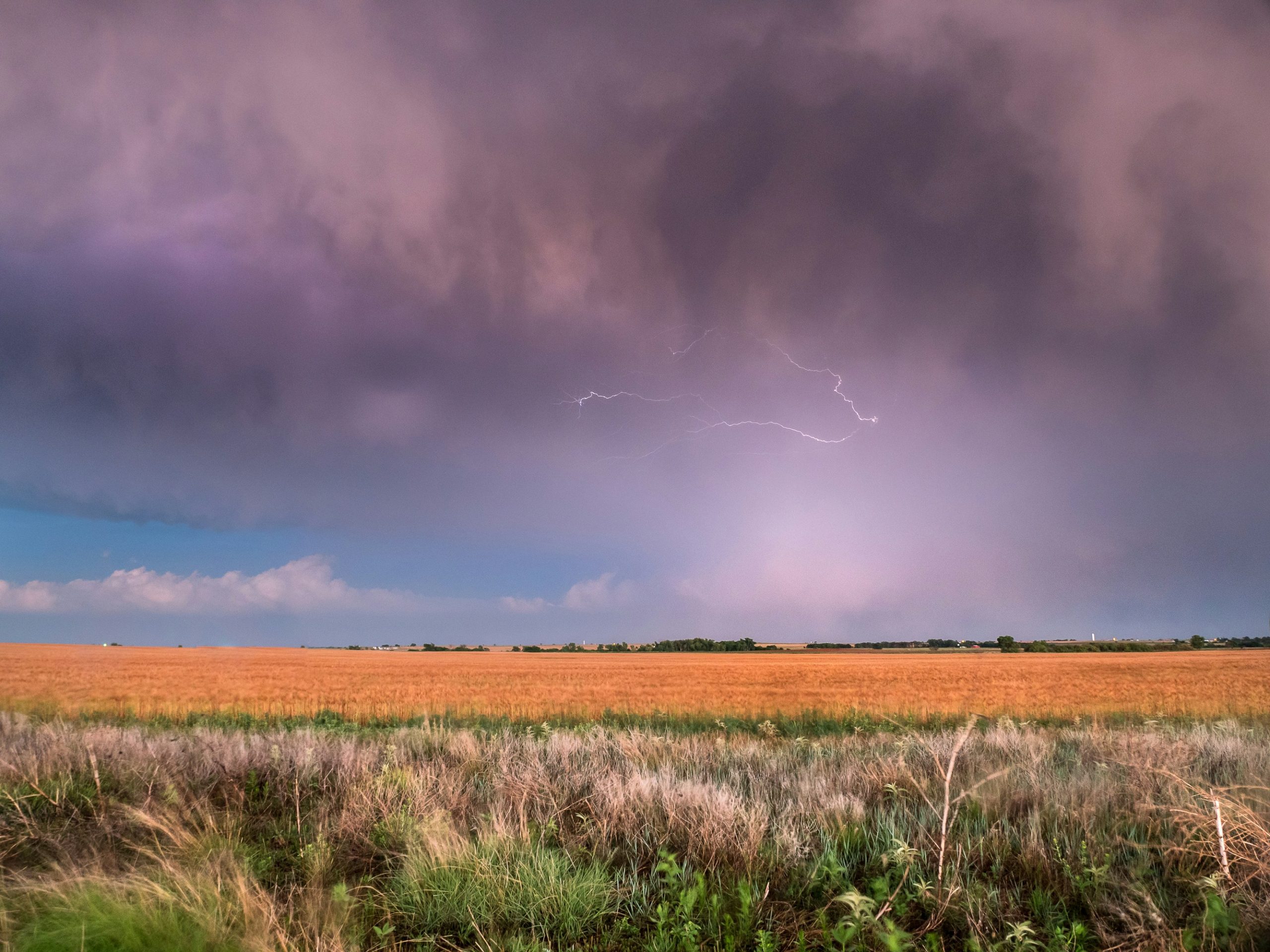
Partner profile: Richard Jones (Met Office)
Thinking deeply about our weather and climate has been a lifelong pursuit for Richard Jones, whose journey has taken him from class-room window curiosity to one of the world’s leading meteorology organisations.
Richard is a senior scientist within the regional model development and evaluation team at the Met Office, the United Kingdom’s national weather and climate service.
And while few of us are able to completely realise our childhood dreams, being tasked with uncovering the mechanisms behind atmospheric dynamics, precipitation and convection is arguably even more compelling than Richard’s early aspirations.
“If you’d asked me when I was maybe 10 or 11 what I wanted to be, I would have said a weather forecaster, which is not what I do. But I do work at a large organisation that’s responsible for forecasting the weather,” he said.
“I can remember even back to primary school, looking out the window and wondering ‘why is it raining?’ I always had that fascination with the atmosphere and weather, and what caused it to change.”
That thirst for knowledge led Richard to study the broad field of Environmental Sciences for his first degree, but there was no ignoring the continuing lure of meteorology, a passion that took off – literally – during his undergraduate.

“In my dissertation, I worked with a team who were investigating the dynamics of weather fronts in the UK,” he said.
“I had the opportunity to go on a research flight through a weather front over the North Sea. And opportunities like that make you more interested to carry on doing it.”
Plunging in at the deep end of atmospheric research became something of a habit for Richard, who found himself heading towards the South Pole and with considerable personal responsibility just months into his PhD.
“I jumped straight in there,” he said, referring to his involvement in a scientific voyage in the Southern Ocean.
“12 weeks after starting, I was getting on a plane to South America and then on a ship towards Antarctica.
“I had to learn how to launch radiosondes and weather balloons. I was making decisions about whether it was safe conditions to launch the balloons in, what atmospheric phenomena we were interested in, and whether it was a good day to launch multiple balloons.
“It was a big leap into the unknown, but the experience was incredible. I think I was very fortunate that there was a really good group of scientists and crew and everyone gelled together really closely on that ship. I have close friends that I met during that time who I still go back and see.”
Richard’s rapid exposure to real-world science must have stood him in good stead upon graduation, leading to roles first in private industry and then at the University of East Anglia.
In 2020, he joined the Met Office, where he is now contributing to the development of global high-resolution climate and weather models.
“The move towards kilometre-scale modelling is important,” he told 21st Century Weather’s engagement team during a visit to Monash University.
“At the minute, we run our global models around 10-kilometre grid spacing.
“As you move towards kilometre-scale resolutions, you can start to resolve smaller scale atmospheric features and accurately represent them within the model, without needing an equation to approximate them.
“The idea being that we can give more accurate guidance on the local scale for where a thunderstorm will happen, because we’re using real examples, not estimates.
“These small-scale processes can also feedback on to larger scale weather systems – so we can learn about these interactions within our kilometre-scale models.”
Richard’s visit to 21st Century Weather and other organisations in Australia is representative of global knowledge exchange and collaboration, a process that aims to progress our collective understanding of climate and weather.
“I think different research centres around the world have different areas of specialisation and areas of interest,” he said.
“For example, in Australia, (researchers) are very good at thinking about tropical meteorological problems, possibly because of geographic location. It’s very exciting work.
“It’s about how we from the UK can contribute to your modelling efforts, but also how you in Australia can feedback and discuss work that we’ve been doing.
“I’ve already got a list of things to go away and work on and think about for our next set of model simulations.”
